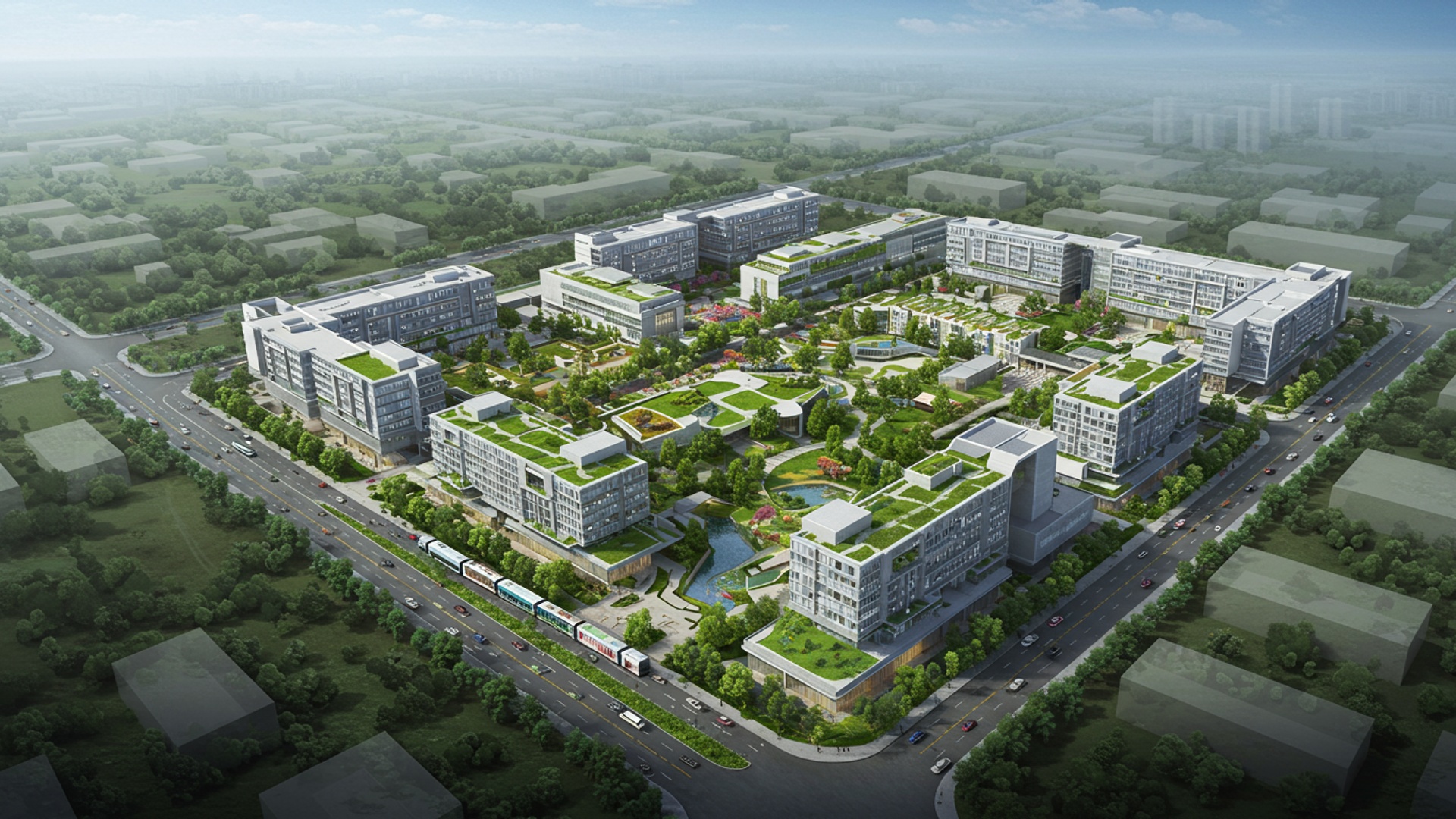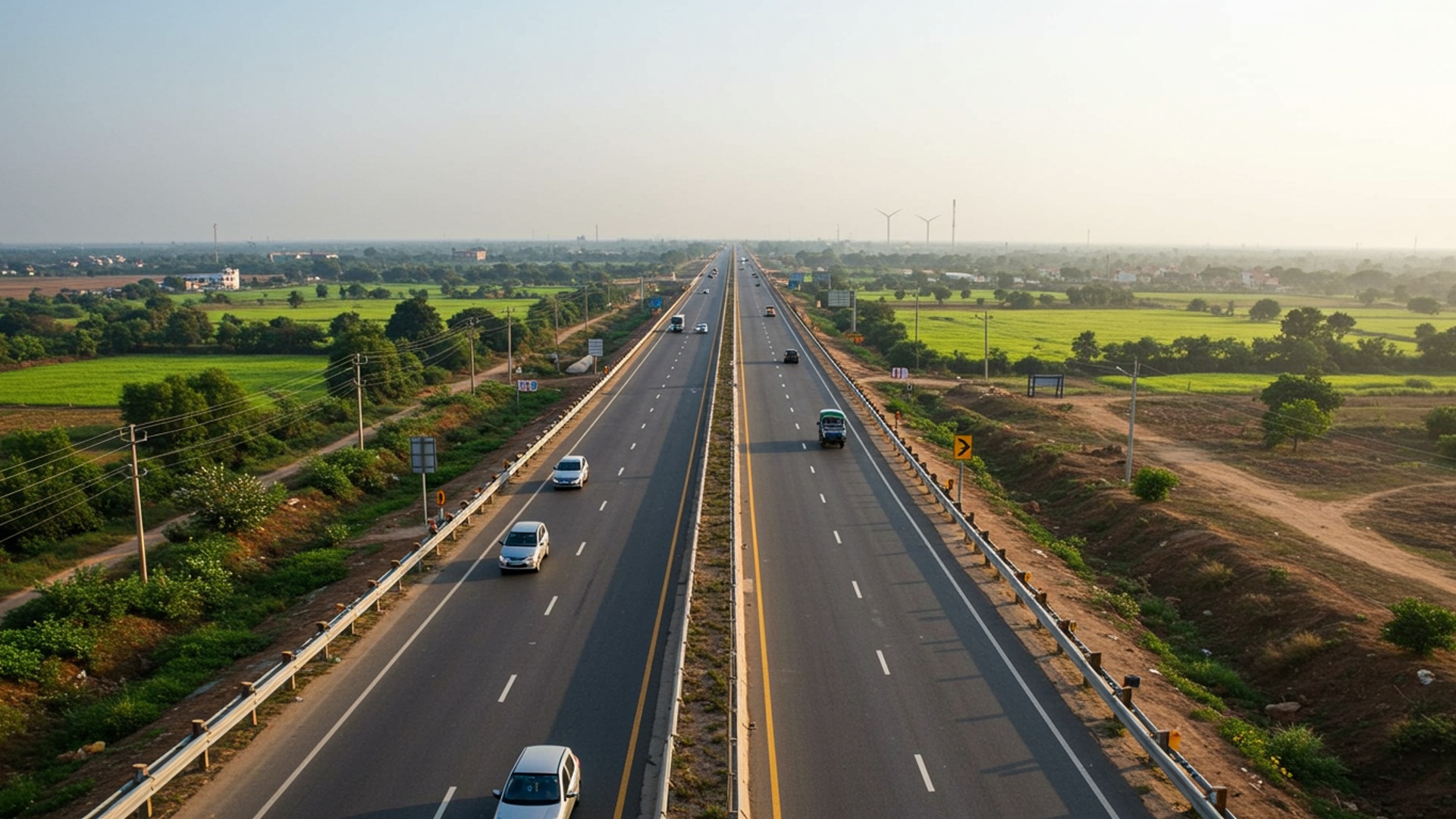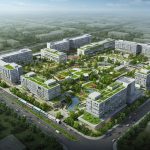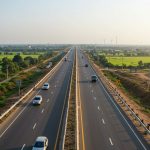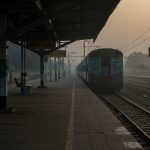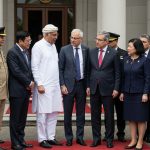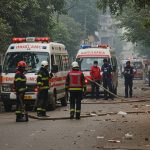Mumbai’s long-standing traffic woes are facing a direct challenge. Today, the Chief Minister kick-started several key projects, signaling a major push to transform the city’s daily movement for its millions of residents. These ambitious plans aim to ease severe road congestion and make public travel significantly faster and more reliable, promising a new era of smoother urban life in Mumbai.
Mumbai Moves Ahead: Chief Minister Launches Key Projects to Improve City Travel
Making Travel Better in Mumbai
Mumbai, a very big city, sees many people travel every day for work and life. With a large number of people living and moving around, the city faces challenges like heavy traffic and long travel times. Getting from one part of the city to another can often take a lot of time. This situation shows the clear need for better roads and public transport systems to make daily journeys easier for everyone. The government has been working on big plans to improve how people travel in the city, aiming to make life simpler and more smooth for all citizens.
Chief Minister Starts New Projects
On Thursday, August 14, 2025, the Chief Minister of Maharashtra, Devendra Fadnavis, announced and opened several essential projects meant to make travel in Mumbai much better. These projects, managed by the Mumbai Metropolitan Region Development Authority (MMRDA), are set to cut down on traffic jams and improve how people move across the city.
- One key project opened was the last part of the Santacruz-Chembur Link Road (SCLR) extension. This new section has a special cable-stayed bridge, the first of its kind in South Asia with a sharp curve. It connects the Eastern and Western Express Highways without traffic lights, making travel between Chembur and Vile Parle much faster, possibly saving about an hour of travel time.
- Another essential project is the ‘Arm D’ of the Kalanagar Sub Flyover. This new flyover helps drivers go directly from Dharavi to the Bandra-Worli Sea Link without stopping, making that busy route smoother.
- Also opened was the Mumbai Metro Simulator Training Centre at Mandale Depot. This centre is the biggest of its kind in India and will train metro drivers and other staff.
- New homes for Metro staff in Malvani were also opened, with modern living spaces in two tall buildings.
- The Chief Minister also announced that the Coastal Road will now be open 24 hours a day, 7 days a week. a new walking and cycling path along the road was opened.
In addition to these transport projects, the first part of the Worli BDD Chawl Redevelopment Project was also started, where over 500 families received keys to their new, bigger homes.
How New Projects Help People Travel
These new projects are set to change how quickly people can move around Mumbai. The main goal is to reduce the time spent stuck in traffic. For example, the improved Santacruz-Chembur Link Road means people can save a lot of time traveling between the eastern and western parts of the city. The Chief Minister has often spoken about a vision for people to travel from one end of Mumbai to another in just 59 minutes. these projects are steps towards that goal.
The city’s metro network is also growing quickly, with plans to build 300 kilometers of metro lines within ten years. Metro lines like 2A, 7, 3. upcoming ones like Line 8 and 10 are expected to greatly improve how easily people can reach crucial business areas and homes. More metro lines mean more people can use fast, air-conditioned trains instead of sitting in cars, which also helps reduce air pollution.
Here is a simple look at how some transport projects are meant to help:
| Project Type | Main Benefit | Impact on Travel Time |
|---|---|---|
| Santacruz-Chembur Link Road (SCLR) extension | Connects major highways without traffic lights | Saves about 1 hour between Chembur and Vile Parle |
| Kalanagar Sub Flyover (Arm D) | Direct link from Dharavi to Bandra-Worli Sea Link | Reduces traffic jams on a busy route |
| Metro Lines Expansion | Provides fast public transport across the city | Cuts travel time by a lot, for example, Cuffe Parade to airport in 50 minutes on Line 3 |
Voices from the City
City officials and many people in Mumbai have shared their thoughts on these big changes. The Municipal Commissioner, Bhushan Gagrani, has said that these projects will bring good social and money-related changes to the city, not just better travel. He also noted that without past big projects like the Mumbai-Pune Expressway, the city would have missed many chances for growth.
“What we are seeing today in terms of iconic infrastructure projects will bring a lot of transformation not just in urban mobility but also in socio-economy building,” said Commissioner Gagrani.
But, some citizens also point out ongoing problems. A recent public survey showed that the poor quality of roads is still a big worry for many in Mumbai. About 24% of people said bad roads were their main concern. People also worry about too few good walking paths and too much noise and air pollution. Some residents believe that authorities often widen roads where it’s not truly needed, while areas with real walking path problems are ignored. These concerns highlight the ongoing need for officials to listen to what people on the ground are experiencing and adjust plans as needed.
Building for Mumbai’s Future
The new projects are not just about fixing today’s traffic problems. They are a big part of building a stronger future for Mumbai. Better transport links help businesses grow and create new jobs. When it is easier and faster to move goods and people, the city’s economy benefits. Many areas that were once harder to reach are now becoming more popular for homes and businesses because of the improved connections.
Beyond the recently opened projects, Mumbai has even bigger plans for the future. These include more metro lines, the Navi Mumbai International Airport. the Mumbai Trans Harbour Sea Link, which is India’s longest sea bridge. These large-scale works are expected to further boost Mumbai’s standing as an essential city, making it more modern and liveable for many years to come. The government has stated that there will be no slowing down in the push for more city improvements.

